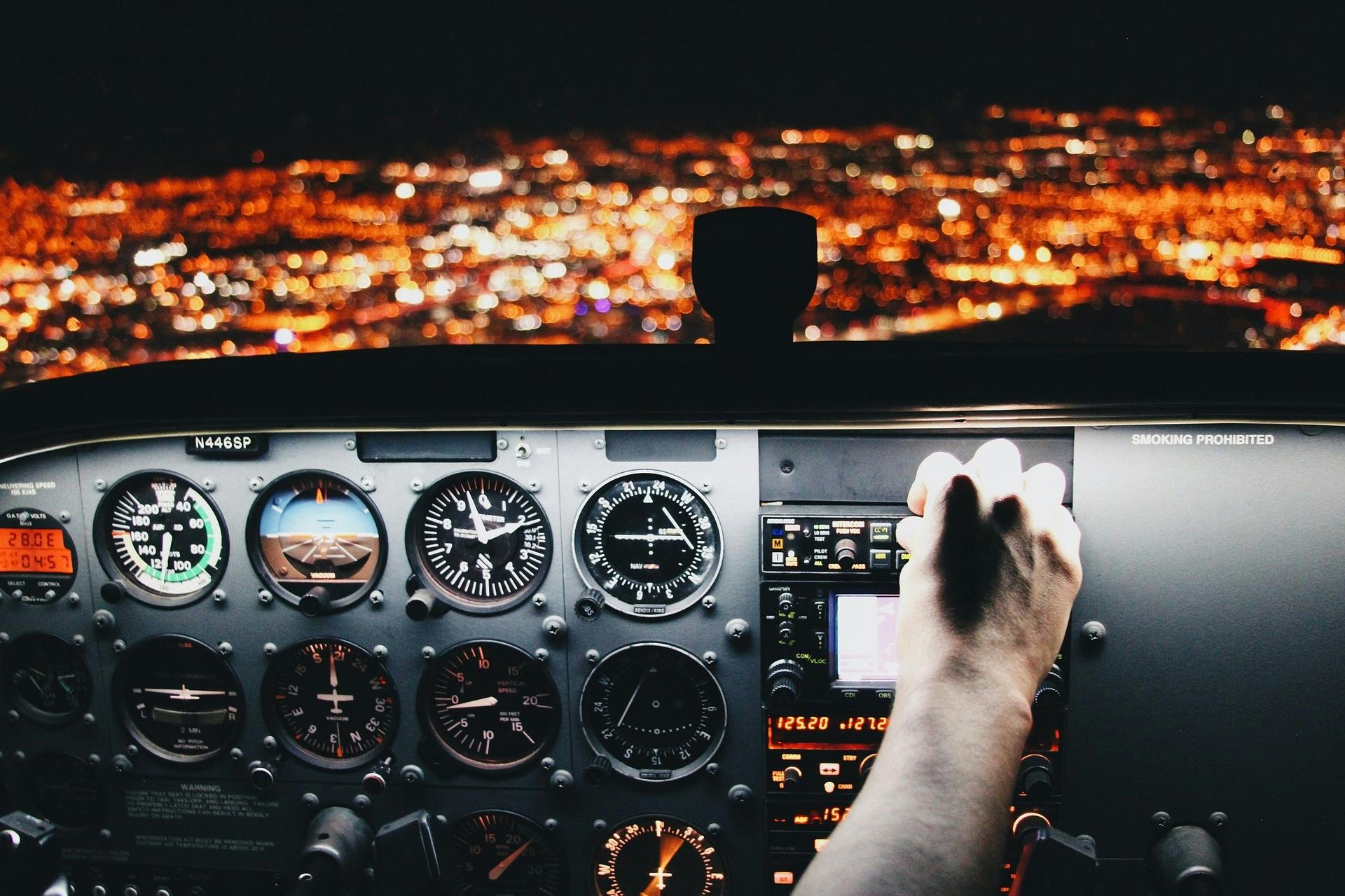History of the NATO phonetic alphabet
When you hear people saying “Alfa Charlie” or “Tango” they might not be talking about anything to do with a private jet price, or indeed any other aviation matter. But the history of the phonetic alphabet that pilots (and many of the rest of us) use to clarify speech is very much rooted in aviation.

The first internationally-recognised phonetic alphabet was adopted by the ITU (International Telecommunication Union) in 1927 and following this, the concept was adopted by the International Commission for Air Navigation (which later became ICAO – The International Civil Aviation Organization). This original alphabet was used in civil aviation until World War II and continued to be used by the International Maritime Organisation (IMO) until 1965:
British and American armed forces each developed and used their own, different phonetic alphabets (before both adopted the universal ICAO alphabet in 1956). British forces adopted the RAF phonetic alphabet, which is similar to the phonetic alphabet used by the Royal Navy in World War I.
The U.S. adopted the Joint Army/Navy Phonetic Alphabet from 1941 to standardise all branches of its armed forces. The U.S. alphabet became known as Able Baker after its words for A and B. The UK adapted its RAF alphabet in 1943 to be almost identical to the American Joint-Army-Navy (JAN) one.
After World War II, with many aircraft and ground personnel drawn from the allied armed forces, “Able Baker” continued to be used in civil aviation. But many sounds were unique to English, so an alternative “Ana Brazil” alphabet was used in Latin America.
But the International Air Transport Association (IATA), recognising the need for a single universal alphabet, presented a draft to ICAO in 1947 that had sounds common to English, French, and Spanish. After further study and modification by each approving body, the revised alphabet was implemented on 1 November 1951 in civil aviation (but it may not have been adopted by any military at this stage):
Immediately, problems were found with the IATA list. Some users felt that they were so severe that they reverted to the old “Able Baker” alphabet. To identify the deficiencies of the new alphabet, testing was conducted among speakers from 31 nations, principally by the governments of the UK and the US. Confusion among words like Delta, Nectar, Victor, and Extra, or the unintelligibility of other words under poor receiving conditions were the main problems.
After much study, only the five words representing the letters C, M, N, U, and X were replaced. And the final version was implemented by ICAO on 1 March 1956, and adopted as the established phonetic alphabet by 1959 by the ITU, when it was adopted by all radio operators, whether military, civilian, or amateur. It was finally adopted by the IMO in 1965. In 1947 the ITU adopted the compound number words (Nadazero Unaone, etc.), later adopted by the IMO in 1965.
| Letter | Code word | Pronunciation | IPA from ICAO |
|---|---|---|---|
| A | Alfa (ICAO, ITU, IMO, FAA) Alpha (ANSI) |
AL FAH | ˈælfɑ |
| B | Bravo | BRAH VOH | ˈbrɑːˈvo |
| C | Charlie | CHAR LEE or SHAR LEE |
ˈtʃɑːli or ˈʃɑːli |
| D | Delta | DELL TAH | ˈdeltɑ |
| E | Echo | ECK OH | ˈeko |
| F | Foxtrot | FOKS TROT | ˈfɔkstrɔt |
| G | Golf | GOLF | ɡʌlf |
| H | Hotel | HO TELL (ICAO) HOH TELL (ITU, IMO, FAA) |
hoːˈtel |
| I | India | IN DEE AH | ˈindiˑɑ |
| J | Juliett (ICAO, ITU, IMO, FAA) Juliet (ANSI) |
JEW LEE ETT | ˈdʒuːliˑˈet |
| K | Kilo | KEY LOH | ˈkiːlo |
| L | Lima | LEE MAH | ˈliːmɑ |
| M | Mike | MIKE | mɑik |
| N | November | NO VEM BER | noˈvembə |
| O | Oscar | OSS CAH | ˈɔskɑ |
| P | Papa | PAH PAH | pəˈpɑ |
| Q | Quebec | KEH BECK | keˈbek |
| R | Romeo | ROW ME OH | ˈroːmiˑo |
| S | Sierra | SEE AIR RAH (ICAO, ITU, IMO) SEE AIR AH (FAA) |
siˈerɑ |
| T | Tango | TANG GO | ˈtænɡo [sic] |
| U | Uniform | YOU NEE FORM or OO NEE FORM |
ˈjuːnifɔːm or ˈuːnifɔrm |
| V | Victor | VIK TAH | ˈviktɑ |
| W | Whiskey | WISS KEY | ˈwiski |
| X | X-ray or Xray |
ECKS RAY (ICAO, ITU) ECKS RAY (IMO, FAA) |
ˈeksˈrei |
| Y | Yankee | YANG KEY | ˈjænki [sic] |
| Z | Zulu | ZOO LOO | ˈzuːluː |
Courtesy of Wikipedia


